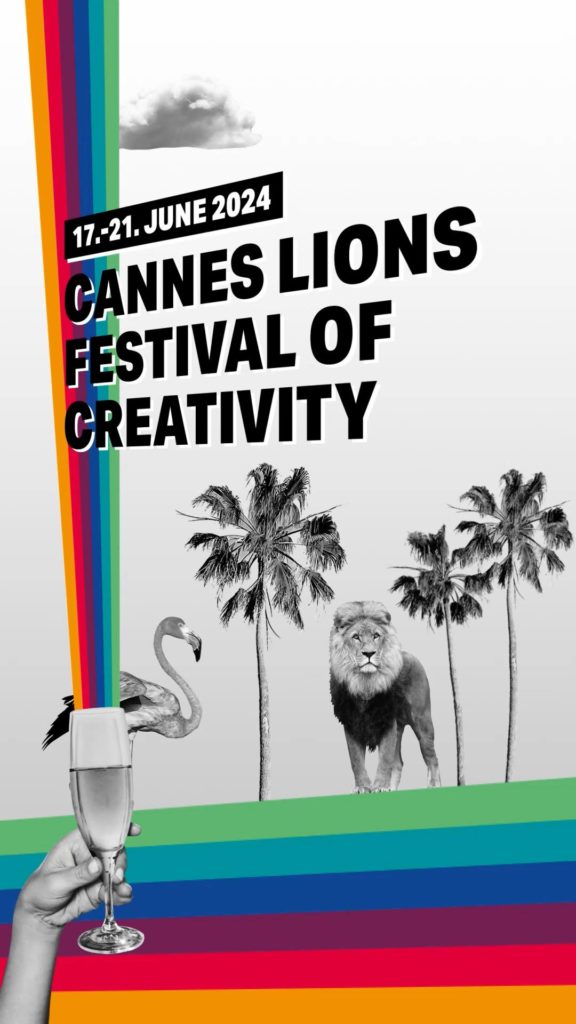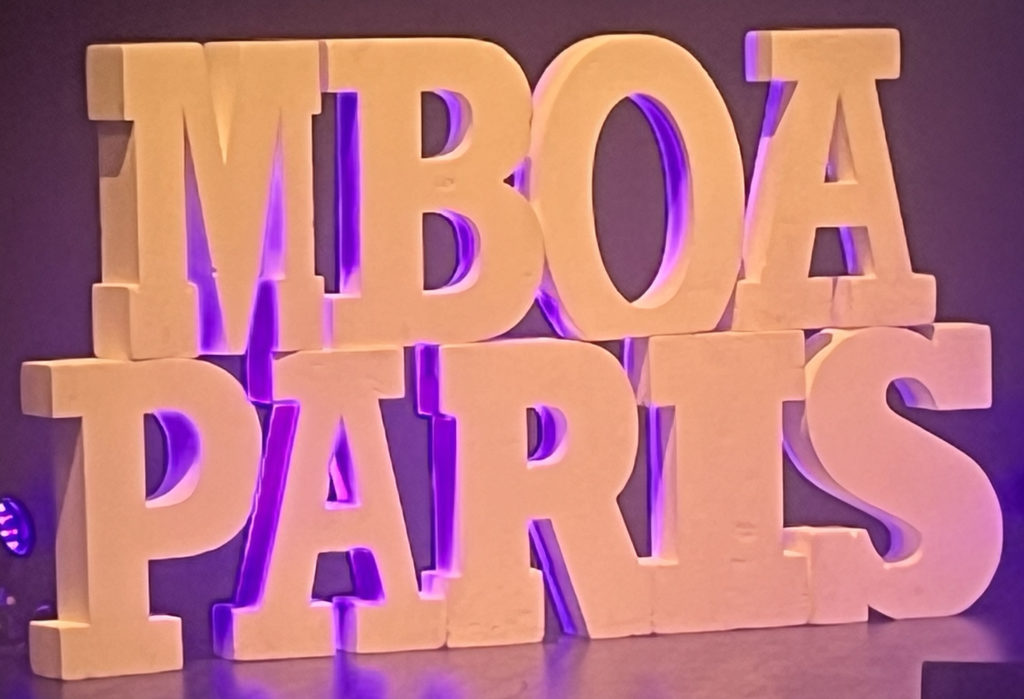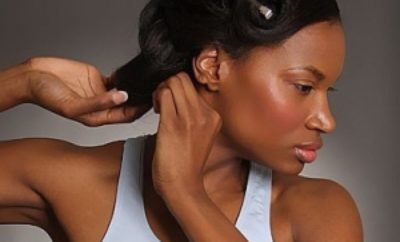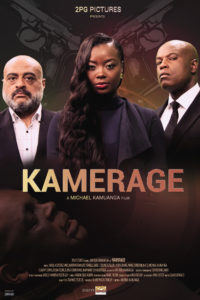
What you didn’t know about African braids
Beyond aesthetics, they took on a social function in African traditional societies. Amongst the Peulhs of Mali, for example, styling was reserved for castes.
African braids are the focus of attention. Be it on stage or in streets around the world, African braids have found a new life thanks to the interest of the celebrities that wear them. 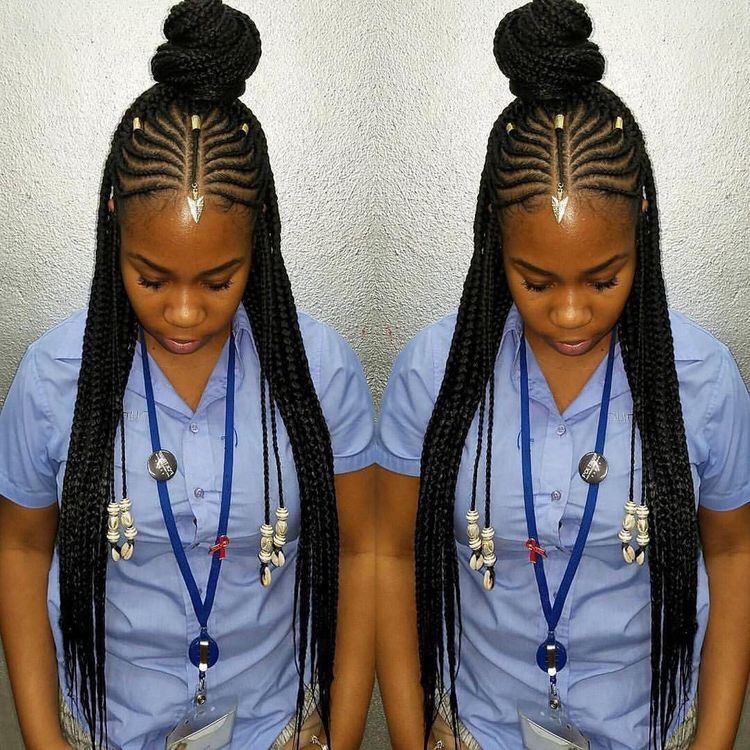
But more than a fashion effect, African braids have various symbols, as their history tells us. Their antiquity marks the rise of African capillary Art. The pharaohs, scribes and Egyptian women wore hair in braids often ornamented with gold threads and other refinements. Similarly, the Nubians also adopted hair styled in fine dreadlocks.
Gold thread, raffia, shells, etc.
These types of hairstyles have developed throughout the rest of black Africa and among the Fulani, Manding, Dogon, Wolof, Yoruba in the West, Mangbetu, Fang in the center and the Maasai people… to the east.
Thereafter, each ethnic group created its own style of hairstyles and used different raw materials: clay, Shea, Wool, raffia, gold thread, shells and beads.
In addition to their aesthetic dimension, African braids were coded. As a Social practice, ritual, ceremonial, initiation, styling was an activity reserved for castes in certain communities, as was the case amongst the Peulhs of Mali.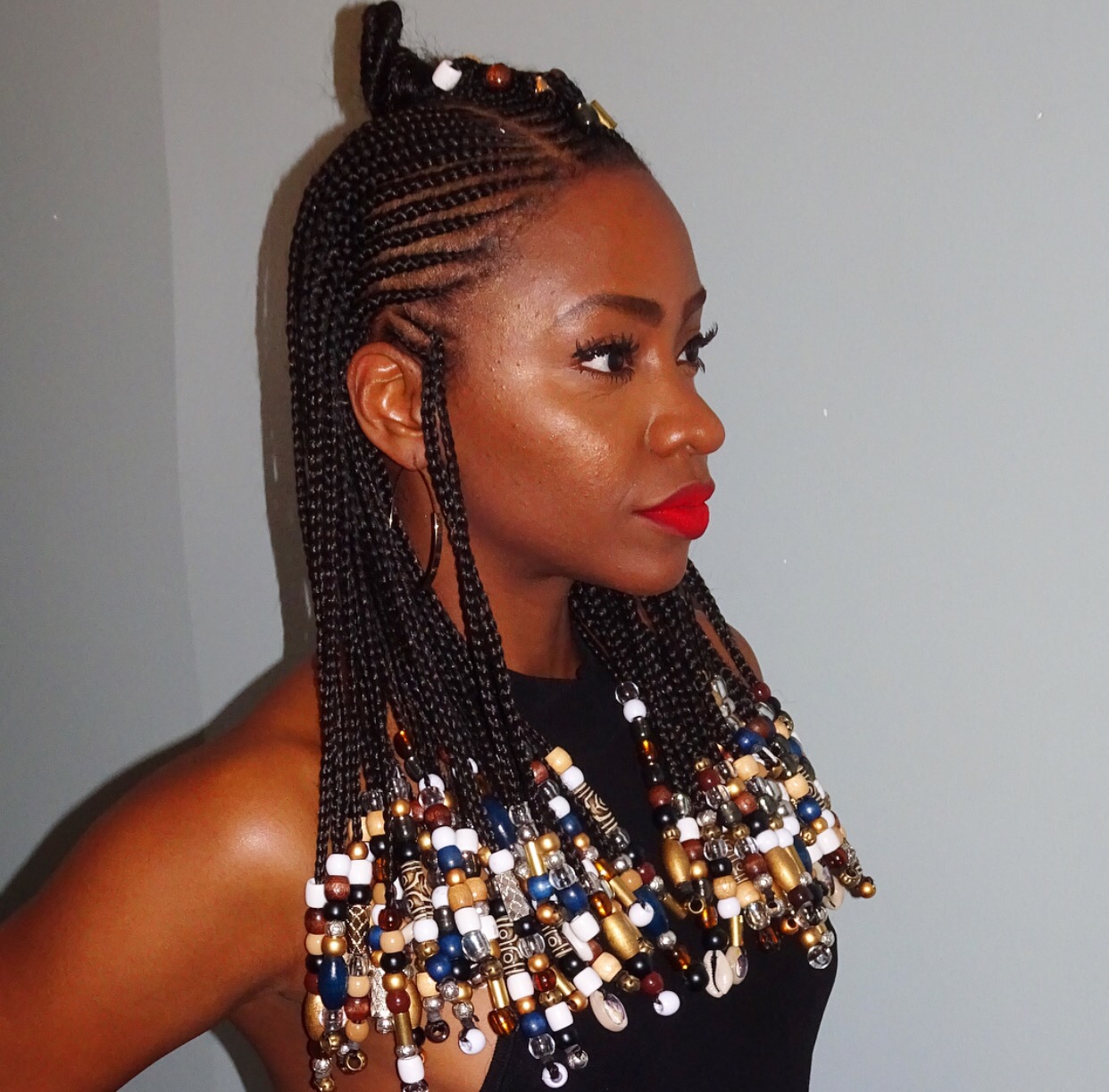
Braids distinguish social class
In ancient Egypt, children, boys and girls, had their head shaved except for a braid on the side of the head called childhood braid. This custom paid homage to Horus, the god of the sun, who wore the same braid as a child. The child’s social rank was determined by the nature of the braid: a golden clasp for royal and bourgeois families or simple flowers for farmers and workers. At puberty, the transition to adulthood was symbolised by the loss of the braid: the future men shaved their heads completely while the future women were allowed their hair to grow.
Moreover, in some areas such as the Khaso, the Macina, the Bwatu, the hairstyle made it possible to identify a new bride, a widow, and a spinster. Love, hatred, anger, sexual desire, courage are all feelings that are easily expressed through hairstyling. Hairstyles had a fundamental and paramount place with regards to cohesion at the level of families, the community and society. This art is passed down from generation to generation. The hairstyles were not fanciful and each of them had its own meaning according to age, sex…
The men were braiding, and it was… normal!
At one point in time braids and mats were worn by both men and women. Men even showed more creativity and sophistication in this field, as in all aesthetic practices in general. The Bororo and Maasai men, known or presented today as curious “effeminate”, are indeed the remnant of male aesthetic practices, widespread on the African continent, before the colonial period. Embellishment or coquetry were not gender issues and beauty was not specific to women only.

